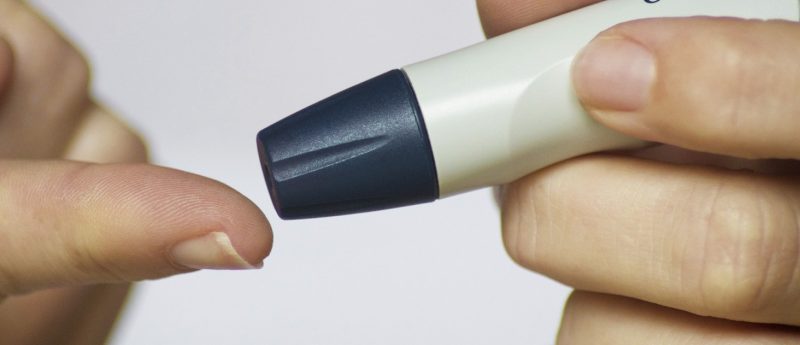MCP-1 and cathepsin-D potential biomarkers for diabetic retinopathy

Researchers have demonstrated a correlation between serum levels of MCP-1 and cathepsin-D with diabetic retinopathy progression. The study, published in the Journal of Diabetes and its Complications, reported findings that support the use of MCP-1 and cathepsin-D as potential biomarkers for Type 2 diabetic patients at risk of developing diabetic retinopathy.
The development of diabetic retinopathy in patients with Type 2 diabetes is multifactorial and is frequently identified in the advanced stages of the disease. Early detection of the disease is vital and could be aided by biomarkers.
Researchers measured the serum levels of MCP-1 and cathepsin-D of Type 2 diabetic individuals with and without diabetic retinopathy. All participants were aged under 25 and the team tested individuals with normal glucose tolerance, Type 2 diabetes, non-proliferative diabetic retinopathy and proliferative diabetic retinopathy.
The team measured body mass index, fasting plasma glucose, serum triglyceride, fasting and stimulated C-peptide, glycated haemoglobin, and HDL and LDL cholesterol. Researchers demonstrated a positive correlation between MCP-1 and cathepsin-D with poor glycemic control.
However, further studies are required to determine clinically meaningful pre-defined levels and to understand the risk of developing diabetic retinopathy when MCP-1 and cathepsin-D are at those levels.
Sources: Reddy S, Amutha A, Rajalakshmi R et al. Association of increased levels of MCP-1 and cathepsin-D in young onset type 2 diabetes patients (T2DM-Y) with severity of diabetic retinopathy. J Diabetes Complications. 31(5), 804–809 (2017); www.medicalnewsbulletin.com/mcp-1-cathepsin-d-proteins-linked-severity-diabetic-nephropathy/





